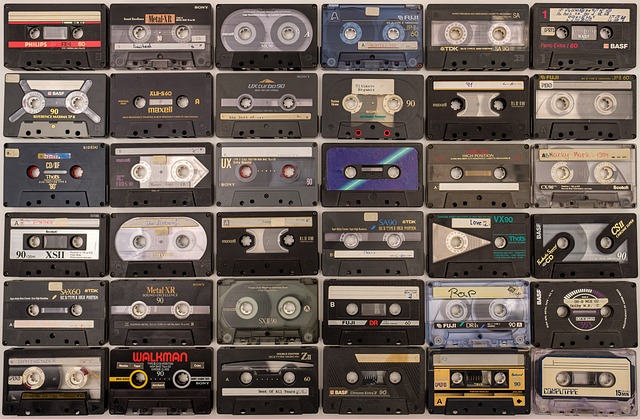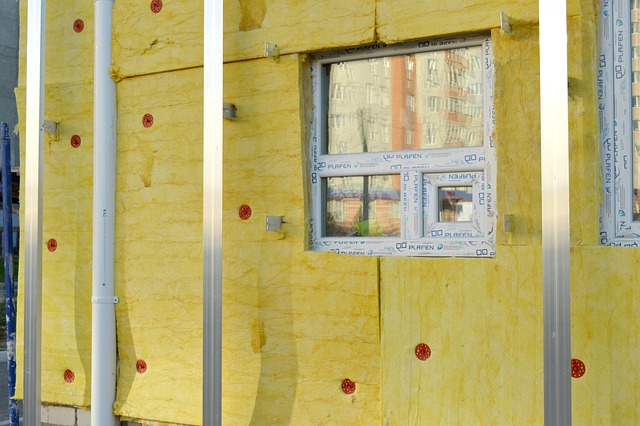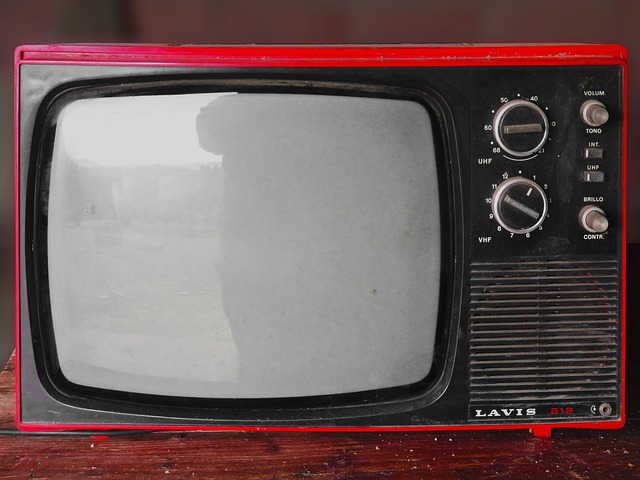The world of television production has undergone a monumental transformation over the decades, not just in terms of visual aesthetics, but also in how we perceive sound. At the heart of this evolution is the relationship between display technology and sound sampling, both of which play pivotal roles in crafting an immersive viewing experience. While we may tend to focus primarily on what we see on our screens, the auditory elements—particularly sound sampling—have a profound impact on storytelling in TV production.
Display technology has advanced significantly, with OLED and LED monitors now dominating the market. These modern displays provide stunning visuals, offering realistic color accuracy and gradient smoothness that transport viewers right into the narrative. However, as stunning as these visuals may be, they also demand more from our auditory senses, making sound sampling an equally critical consideration. When a high-resolution image is paired with subpar sound, the overall experience can be jarring, causing viewers to disconnect from the story being told.
Sound sampling is the process of capturing audio and converting it into a digital format, which can be manipulated and replayed in various ways. In TV production, this encompasses everything from the clarity of dialogue to the intricacies of ambient sound. With the advent of advanced microphone technology and digital audio workstations, sound designers have more tools at their disposal than ever before. Yet, the effectiveness of these tools heavily relies on the technology used for sound visualization.
Monitors are no longer just a medium for viewing content; they serve as a vital tool for sound engineers to evaluate the quality of sound samples. By using high-fidelity speakers alongside high-resolution screens, professionals can analyze how sound interacts with visuals in real-time. The synchronization between sound and image enhances emotional beats, making scenes more compelling. For instance, the subtle background sounds that accompany explosions or the barely-there whispers during an intimate moment can make a world of difference in audience engagement.
Moreover, as we move toward more immersive technologies like virtual reality and augmented reality, the demand for high-quality sound sampling will only increase. These environments challenge sound designers to push the envelope further, creating audio landscapes that respond dynamically to viewer interactions. Consequently, the technology behind both display and audio sampling must evolve together to foster a seamless user experience that captivates senses holistically.
The future of TV production hinges on a harmonious relationship between visual and auditory elements. In this increasingly digital world, understanding the impact of display technology on sound sampling is crucial. The artistry lies in blending these technologies to create something that resonates emotionally with viewers, making it essential for professionals in the field to prioritize both qualities equally. As we witness the advancements in display technology, we can confidently anticipate an exciting era for sound sampling that will redefine how we engage with television.



